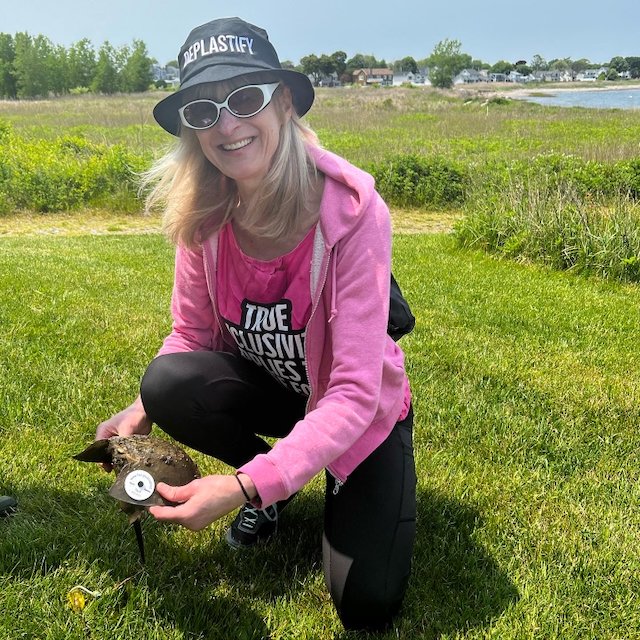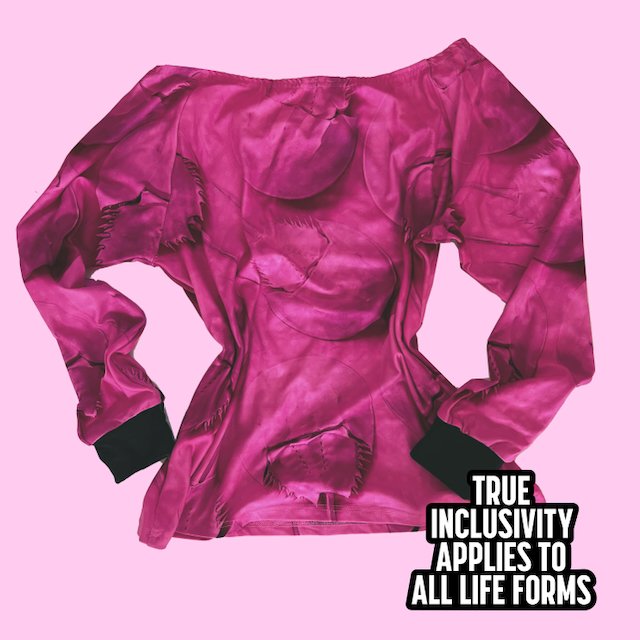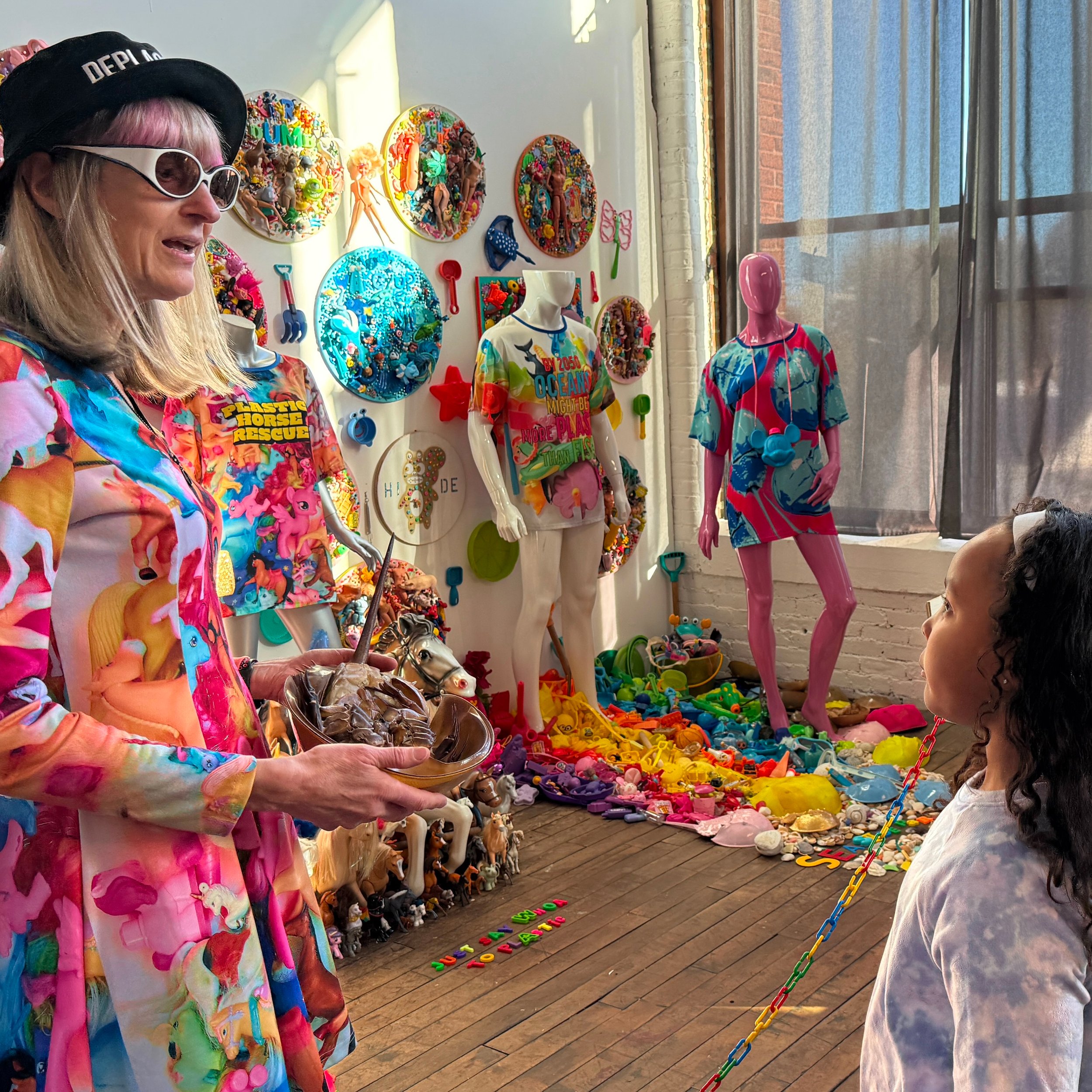
Horseshoe Crab Conservation
Soundly Caring celebrates and protects horseshoe crabs. Our work is mainly based at Seaside Park in Bridgeport, CT, but it also includes the Ash Creek Tidal Estuary at St. Mary’s by the Sea and, on occasion, Napatree Point Conservation Area in Westerly, Rhode Island.
As a Citizen Scientist and Seaside Park Beach Captain for Project Limulus, I conduct spawning surveys and tag horseshoe crabs each spring. Project Limulus is a community-based research program investigating the population ecology of horseshoe crabs in Long Island Sound, founded in 1998 by Dr. Jennifer H. Mattei.
Spawning horseshoe crabs at Seaside Park in Bridgeport, CT | Video: ©2023 kHyal
A keystone species for biodiversity
Horseshoe crab eggs are a critcal food source for migrating shorebirds.
Functionally extinct
Overharvesting for fishing bait and the biomedical industry's practice of bleeding for vaccine testing has made the Atlantic horseshoe crab functionally extinct in Long Island Sound. Despite outliving the dinosaurs by millions of years, this keystone species is now in crisis due entirely to human activities.
Vulnerable to toxins
Microplastics and toxins infiltrate American horseshoe crabs through multiple pathways in the coastal ecosystem, creating a chain of contamination, for example, when horseshoe crabs consume filter-feeding clams that have accumulated microplastics from seawater. This contamination then spreads through the food web as shorebirds feed on horseshoe crab eggs, demonstrating how these harmful substances move through multiple species and feeding levels in the food chain.
Threatened by marine debris
Beyond micro- and nanoplastics, horseshoe crabs face additional harm from ocean debris. As they make their seasonal journey from deeper waters to beach shorelines to reproduce, they can become entangled in plastic bags, packaging, fishing lines, and balloon strings.
Art, Education, Advocacy and Activism
My affection for horseshoe crabs is lifelong. I began using their exoskeletons in my art in the 80s. My first exhibition of that work was curated by Margaret Bodell’s New Haven gallery, Art in Heaven Gallery, in 1987. Horseshoe crabs have since become an integral part of my life and work, along with the marine debris that pollutes their habitats.
Often misunderstood, these fascinating creatures have thrived for over 450 million years. They are not really “crabs” and are more closely related to arachnids (scorpions and spiders). They don’t bite or sting. The Atlantic Horseshoe Crab has gained some protections in recent years, including a hand-harvesting ban in Connecticut, yet they are still functionally extinct. Unfortunately, New York Governor Kathy Hochul vetoed a bill to protect horseshoe crabs in December 2024. (I’m telling every horseshoe crab I see in CT to steer clear of Long Island!)
Prehysteric Forms
Below the shimmery surface of the sea, at great depths. Beyond the blackest hole in outer space, infinitesimal. From a place where matter takes the most advanced of primitive shapes. Celebrated are these forms at times — like the Faberge egg. In other circumstances, their simple, complex, untouched absolute beauty is defaced with garish adornments or merely ignored, degrading efficiency and perfection — attaching human ideas where they are not. Occasionally, we are allowed to view such wonders. They are somehow yielded into this time warp — and with great misunderstanding. Their grace exceeds the happenings of everyday life.
— kHyal, 1987
Prehysteric Forms exhibition statement
Art in Heaven Gallery, New Haven

My brother and I at the beach. Illustration ©2024 kHyal from a film still by Chuck Braun.

Photocopier self-portrait with bejeweled horseshoe crab molt. ©1987 kHyal

“Prehysteric Forms” horseshoe crab sculpture exhibition flyer. (video stills, photocopier, Amiga computer, stickers, rubber stamps). ©1987 kHyal

“Blue.” Ocean plastics and painted horseshoe crab exoskeleton found at Seaside Park, and reclaimed plastic horse. ©2022 kHyal

Horseshoe crab tagging with Professor Jo-Marie Kasinak of Sacred Heart University at Stratford Point in 2023.

Teaching kids at Seaside Park about horseshoe crabs. Photo: ©2024 Karl Heine

The Sound of Plastic promo for ocean plastic pollution and horseshoe crab conservation installation at AmFab Open Studios, 2024.

“True inclusivity applies to all lifeforms.” Horseshoe crab advocacy apparel. ©2022 kHyal

Teaching visitors about horseshoe crabs at The Sound of Plastic installation during AmFab Open Studios. Photo: ©2024 Jackie Lightfield
